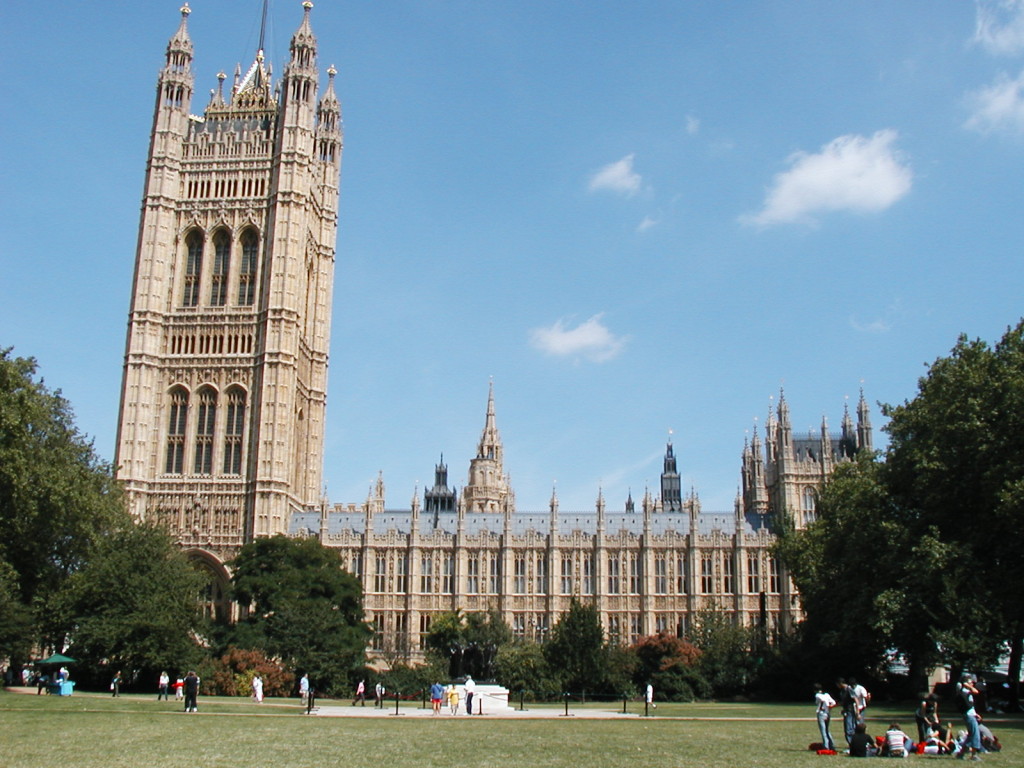Collaboration and Brick Walls
Many of us tend to work on our genealogy research alone. It is an independent activity where we can lose ourselves for hours on end. In some cases, family members actually work together to solve a common research problem. It is these situations that can benefit us the most.
But what can we do if we do not have someone in our family that shares our passion? There are several different options available.
Society Meetings & Conferences
Folks who attend these meetings and c


 Library of Congress Prints and Photographs Division Washington, D.C. 20540 USA. thc 5a36898 http://hdl.loc.gov/loc.pnp/thc.5a36898
Library of Congress Prints and Photographs Division Washington, D.C. 20540 USA. thc 5a36898 http://hdl.loc.gov/loc.pnp/thc.5a36898

 Parliament (c) 2014 Shannon Combs-Bennett. Used with permission.
Parliament (c) 2014 Shannon Combs-Bennett. Used with permission.




